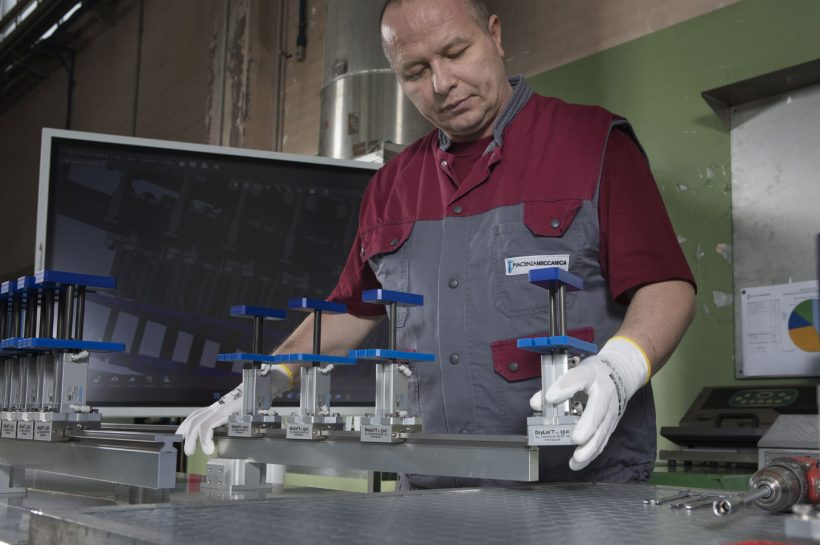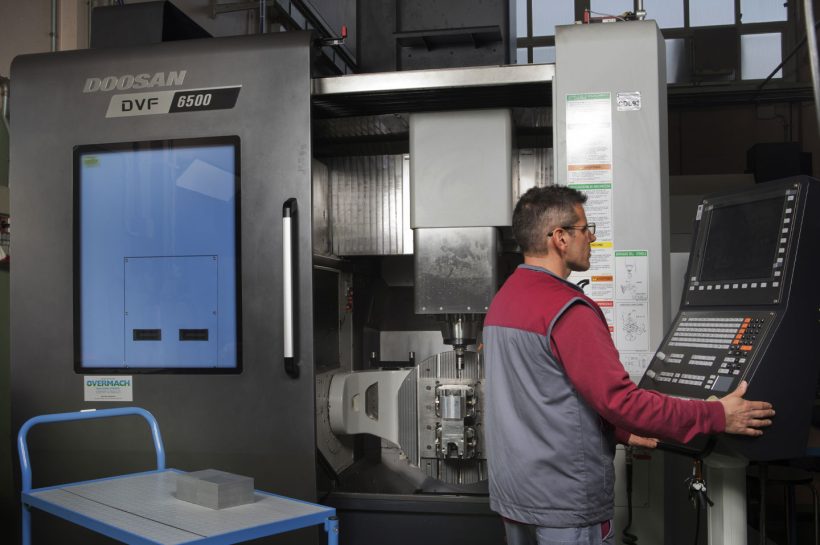CAD and CAM, precision machine software

Precision machining would not be possible without the appropriate technologies, i.e., state-of-the-art machinery assisted by software that enables its full potential to be exploited. The introduction of numerical control in the design and manufacture of mechanical components-whether isolated elements or assemblies to be integrated into other products and production lines-has been, in this sense, an innovation that has completely revolutionized the metalworking industry.
The manufacture of components with CNC lathes and milling machines does indeed bring enormous advantages, measurable on theoptimization of operators'performance, the quality and accuracy of machining, and the reduction of production time and costs. All these factors have a significant impact on business profitability and it seems superfluous to emphasize how important it is to plan and implement investments in this regard.
The reliability of an industry that works for other industries depends a great deal on thereliability of its technologies; but it is also true that having advanced tools without knowing their functionalities in detail and without having an understanding of how to make the most of them and exploit them to the fullest, resets any strategic advantage to zero. In fact, machining precision mechanical components with CNC machinery involves several steps: being able to govern the process in its entirety, from order acquisition to order fulfillment, is the goal of any efficient production.
The steps to be considered involve both the planning and the execution of the work. The starting point is the technical drawing, usually provided by the customer in relation to specific supply requirements. Even in the case of non-standardized and extremely small-volume productions, PiacenzaMeccanica makes replicable, high-precision components, mainly in aluminum alloy or from plastic polymers; the quality of the constituent materials-for example, fine aluminum, with technical characteristics that meet the requirements imposed by even critical industrial productions, such as those in the railway, aeronautical, and hydro-sanitary sectors-combined with experience and method, allow the company to act on technical drawings and improve inaccurate designs.
The drawings, made in CAD - Computer Aided Design language, are examined by the company's in-house design department, which is able to refine and adapt them to CNC machinery. The translation of CAD language into CAM - Computer Aided Manufacturing is what transforms each design into a tangible reality, offering the possibility of simulating the entire machining process in detail. A perfectly executed CAD design must therefore take into account both the tools used and the behavior of the part during its machining. The designer is given leeway to be able to intervene in certain variables that, if properly managed, guarantee an optimal result-such as tolerances, or the rethinking of complex or unnecessary aesthetic features. The experience gained in the field allows PiacenzaMeccanica to draw on a vast pool of expertise and be recognized as an authoritative point of reference and a trusted partner. The historical memory of the company, which has been in business for more than 70 years and is managed today by the second and third generations of the Piacenza family, is an important strength and is perhaps the quality that, more than any other, distinguishes the excellence of the products that bear its signature.



